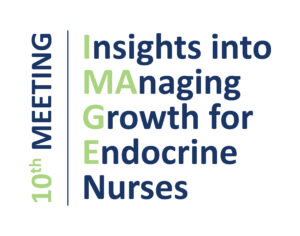DNA methylation analysis reveals two patient clusters in adamantinomatous craniopharyngioma
Patients with adamantinomatous craniopharyngioma can be grouped into two distinct clusters based on their DNA methylation profile, Brazilian researchers report.




